I wanted to achieve a few things with the Toadstool:
- Win back the flexibility that some dev boards (like the Arduino) don't give you
- Plug directly into a breadboard to make breadboard-based MCU projects quick to get going
- Allow a range of microcontrollers to be used
- Allow I2C, SPI and UART breakout modules to easily be connected to any of the Toadstool boards
Currently there are 2 Toadstool boards in the works:
- Toadstool mega328: Based on the Atmel ATmega328P
- Toadstool MSPg2553: Based on the TI MSP430G2553
Key design features:
- The shape: move all the supporting components out of the way of the breadboard, to maximise use of the limited breadboard space.
- Power: an on-board regulated power supply, allowing you to select the operating voltage. Polarity and over-current protection./
- Speed: Select the crystal that works best for your specific project (ATmega only)
- DIP: Where possible I'll be using DIP packages. A little more bulky, but you can switch your MCU out.
- CAPs: Breakout modules can be connected to a standard I2C/SPI/UART header
Toadstool CAPs
These are the breakout modules that connect to the board's common header. Here's a cap, and how it connects:
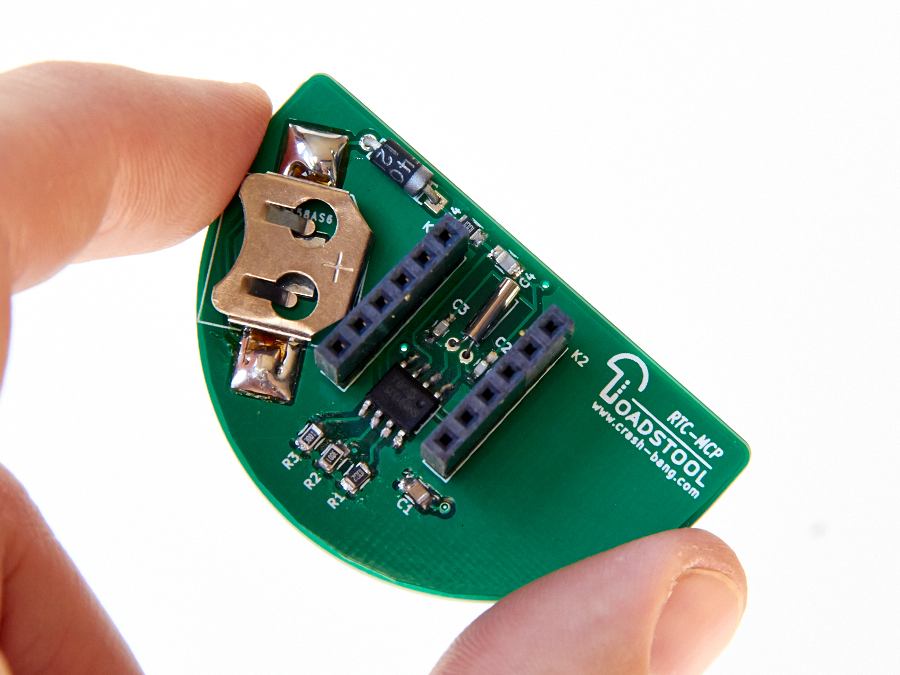

Currently working on :
- EEPROM 24LC: an I2C interface EEPROM module (Microchip 24LC128)
- RTC MCP79400: an Real Time Clock modules (Microchip MCP79400)
- USB-UART 2200: a USB to UART converter (Microchip MCP2200)
I'll keep updates coming in the project log. Thanks for the interest!
 Andrew Retallack
Andrew Retallack

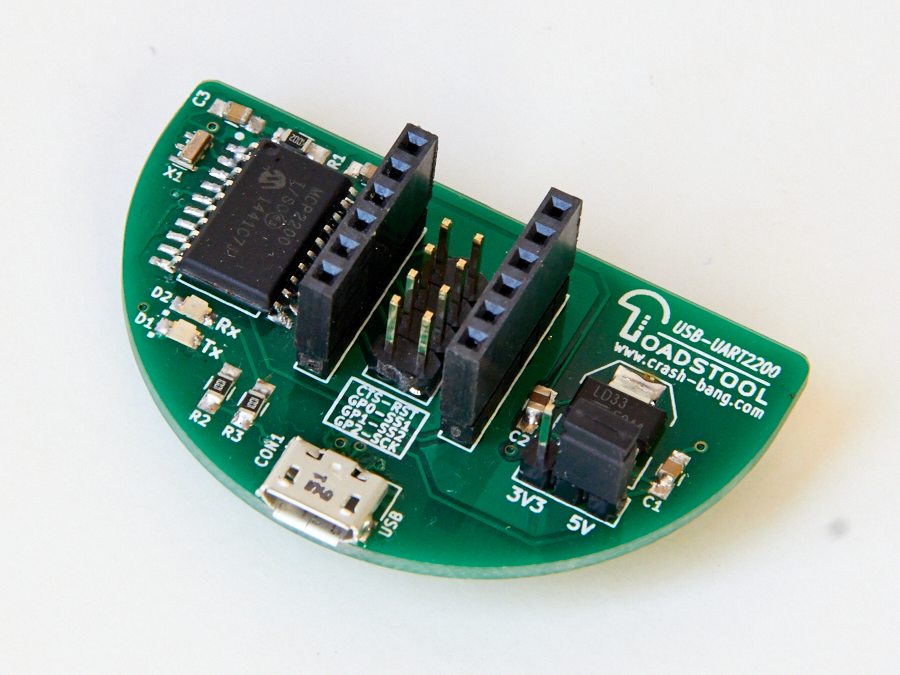
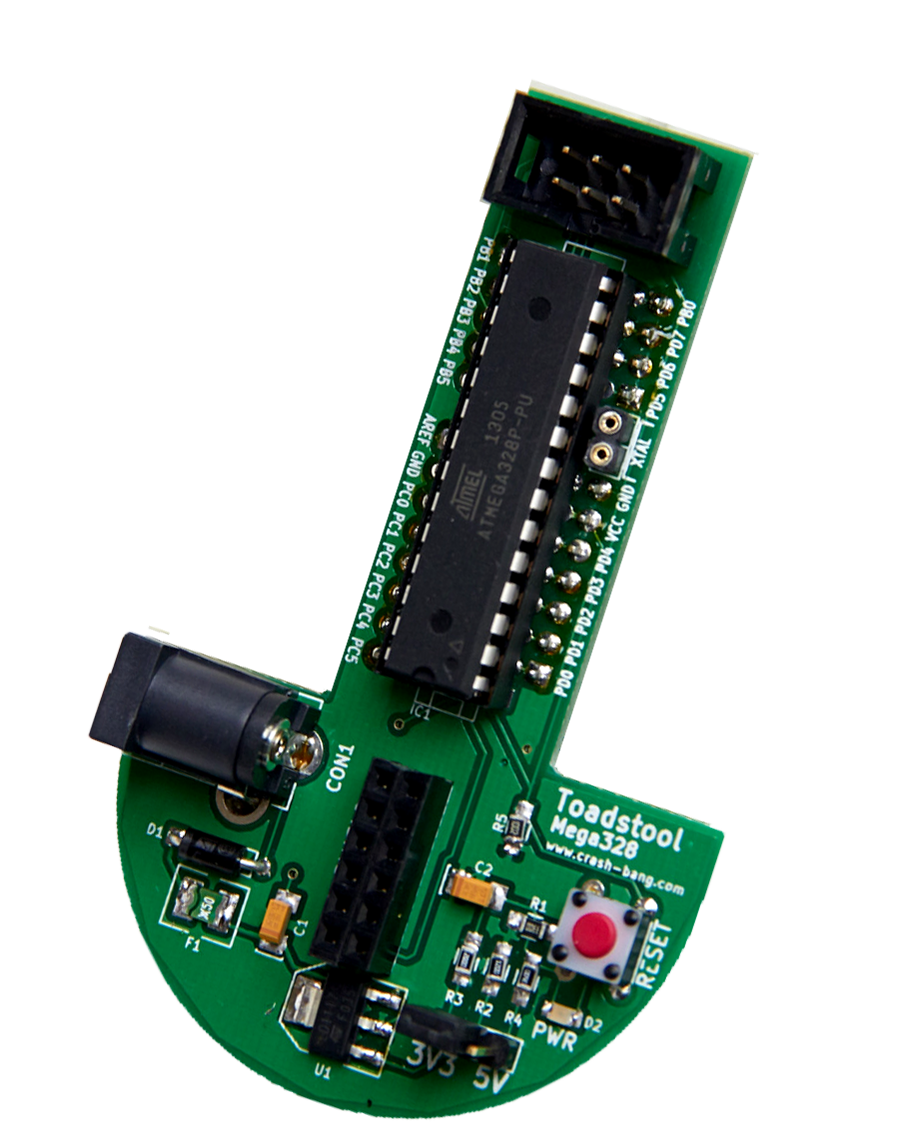
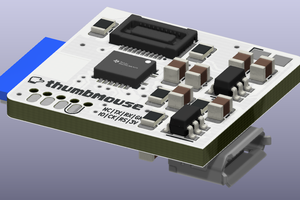
 Matias N.
Matias N.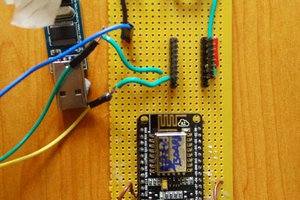
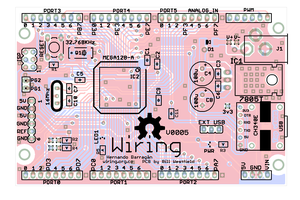
 WestfW
WestfW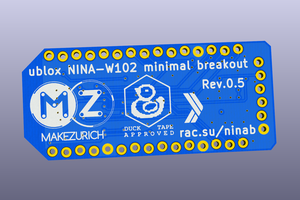
 Michel Racic
Michel Racic